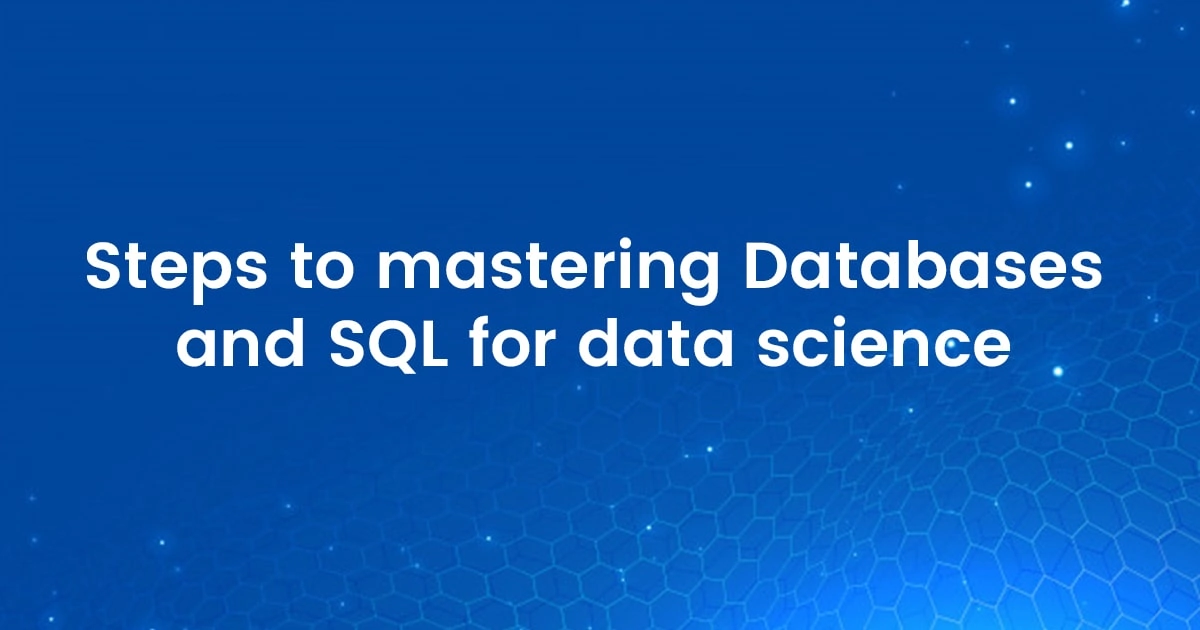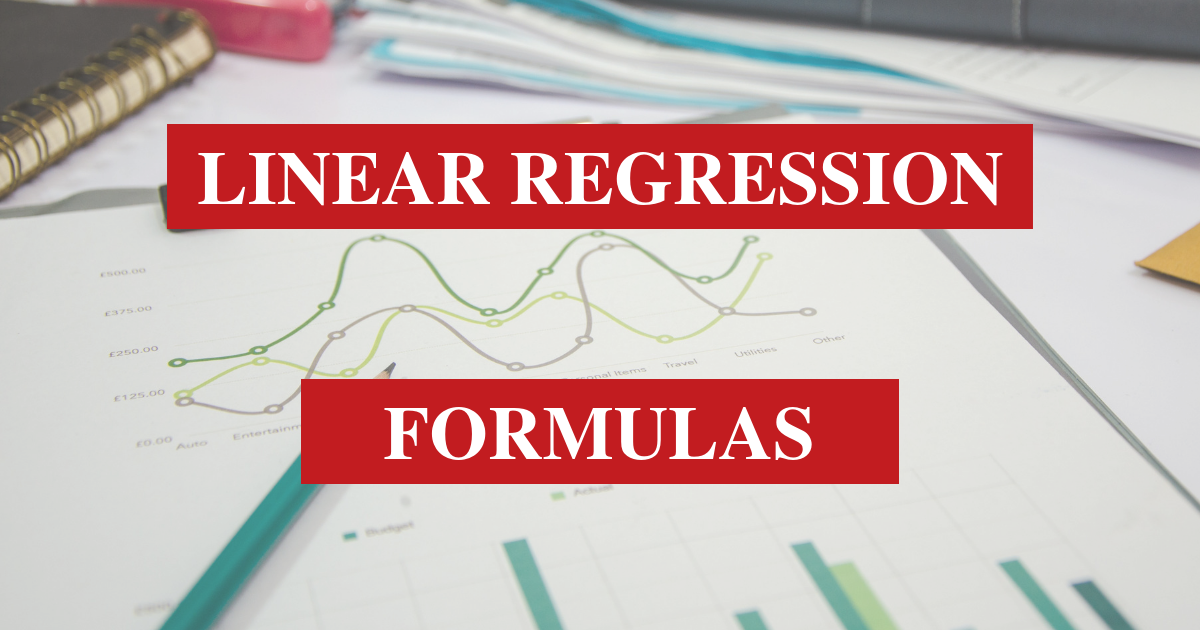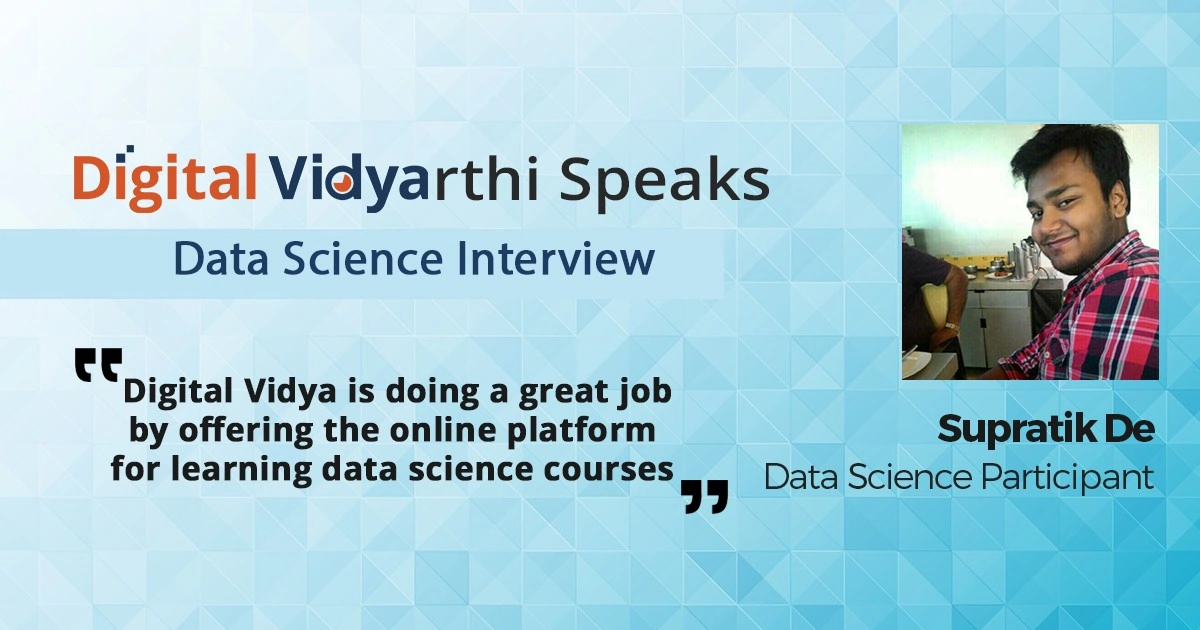Before delving right into the topic as to how to master database and SQL for Data Science, it is very important to form a base to understand all the key terms involved here. The structure to understand the tips and tricks to grasp database and SQL for data science shall first start with understanding what data is. Only then, how to become an SQL expert shall be addressed, which is also the crux of a lot of data science courses.
What is a Database?
To understand easily what a database is, knowing the basics of data science is important—data deals with facts collected in a particular manner, for an event in consideration.
A systematic collection of data is called a Database. These support the manipulation of data as well as their electronic storage.
The data management techniques, which are key to becoming an SQL expert, are decoded easily with databases’ help.
The art of mastering database and SQL for data science is presented systematically in all informative and intelligent data science courses.
What is SQL?
Mastering the techniques of managing databases and SQL for data science without understanding SQL’s basics can be pretty daunting. SQL stands for Structured Query Language.
It is the standard language for managing Relational Databases. It is used to insert, delete, search, or update database records. It helps data scientists perform a host of other operations like maintaining databases and optimizing them for data science practices.
All data science courses include preaching SQL at basic as well as advanced levels. SQL was first developed at IBM in the 1970s with Oracle as a major contributor, which led to the implementation of the SQL ANSI standard.
It has many extensions in Relational Databases like MySQL Database, Sybase, MS SQL Server et cetera. All this shall aid you in becoming an SQL expert sooner than later.
Steps to mastering Databases and SQL for Data Science
Now that the basics are clear, the way forward is to establish the steps to mastering Databases and SQL for data science.
1) Attain adequate knowledge of Relational Database
Any data science course shall prompt you to attain finesse in SQL and Relational Database management Systems (RDBMS). SQL and RDBMS are intertwined terms, sometimes conflated as a matter of convenience.
The difference is marked when SQL is used as an umbrella term to distinguish the relational database systems from non-relational ones. The latter are summarized under the NoSQL category.
There are various data science courses and videos to refer to learn and master the nuances of Databases and SQL for data science.
2) Understanding SQL
After knowing the relational database, now it is important to learn SQL. the quick guide to learn SQL can be taken from “SQL – A Brief Review,” by Charles Germany to have the initial insights. It is also important to learn some syntax with the help of a few examples.
Further, one can take up learning the Basic Queries in SQL and have a list of basic SQL commands. This list of commands can have handy references later on when you start working on your project.
The next step is to have an SQL environment up and running. An example can be SQLite, which helps in filtering all the SQL commands that you enter.
3) Selecting, inserting, and updating in SQL
The next in line to learn in database and SQL in data science is to perform various simple and complex tasks using SQL. Some of the most heavily used SQL commands are querying databases with the command SELECT, using INSERT for inserting records, and using UPDATE to update existing data records. Small data science courses like MySQL Tutorial 1: Overview, Tables, Queries help learn SQL basics to intermediate and then finally becoming an SQL expert.
4) Creating, Deleting, Dropping
The second most important set of commands in database and SQL in data science is to CREATE and DROP tables. DELETE is another important SQL command. To understand this set of command collection, regular data management techniques and querying are essential to learning. This comes with practicing your projects in SQL.
5) Views and Joins
Other advanced operations in database and SQL for data science include Views and Joins. We look at the Views, which are like virtual tables. These are populated by the results of queries used in application development and data security. Similar is the concept to check and analyze joins.
6) Advanced SQL practices
It is very important to filter different data science courses and narrow down the scope to learn SQL’s advanced practices. All the complex practices involved include aggregates, distinct aggregates, group by, string operations, and the date and time operations. It further explores the use of nested queries and table expression.
7) Query Optimization
Once the query writing is learned, it is important to optimize these queries to have the required results and run-time. When you are working on complex queries that require large databases, Query optimization is the set of commands that come in handy.
After learning enough and more about SQL, these tricks are some starters that shall serve the purpose of attaining mastery in database and SQL for data science. Yet, it is advised not to stop at these starters. There are abundant quality resources online as well as offline in the form of data science courses. These can serve as a great repository for you to build on your existing data science knowledge.
Once you start adding blocks to this basic foundation, attaining mastery over SQL requires perseverance, practice, and a lot of individual projects to work on. Only when there will be many errors and failures in data analysis shall you have your customized set of best practices in database and SQL for data science. Only with the finest skill-set and practices, with continuous reinforcement, shall you attain mastery and become an expert in SQL.
Role of SQL in the Data Science Field
SQL is one of the famous skills in the data science realm. It is practiced and executed by many. This structured query language is an interaction language between the users and the executioners of data science. This language has an important role in the data science field because of its interaction.
The primary use of SQL in data science during data analysis is as follows:
- Get data for investigation purposes.
- Visualize all types of data using SQL.
- Identification of missing values
- Discover incorrect formatting and many more.
SQL allows you to work with all the data sets presented to you. All data representation becomes easy with the SQL tool. As a data scientist, you must be wondering that you can use other programming tools also like python, etc. but the fact is SQL is a simple and easy to follow structure. With this, you can interact well with the software and pursue your programming with ease.
SQL is used to describe and identify different data sets and further distinguish them according to their differences. Nowadays, all companies are generating millions of data in a single day. To preserve such large data, they need a database that ensures the data secretion. For this purpose, SQL works very elegantly. The database can store all types of data, including business, warehouses, etc. moreover, SQL helps in making predictions and analyzing them later hand.
Potential uses of SQL
Some of the potential uses of SQL in data science are as follows:
1) In data aggregations
Data aggregation is very important for any data analysis. It is the first step in making the analysis effective. SQL helps to aggregate all kinds of data by its structured database. You aggregate the data and then visualize it for further identification of problems. After all steps, it helps present the summary of data also.
2) In statistical functions
SQL finds its use in mainly all types of statistical functions. All kinds of distribution functions can be applied to the SQL database for proper calculation. The statistical functions that are applied using the SQL database are as follows:
- COUNT
- STDEV
- SUM
- VAR
- AVG
- STDEVP
- VARP
3) In ranking functions
Ranking functions are useful in giving ranks to a certain set of data values. It is done by doing a top- N analysis. With the help of SQL, you can easily rank all members close to their data values assigned to them. All kinds of ranking functions are executed by this method that draws all certain outcomes. The following ranking functions executed by SQL are:
- ROW_NUMBER
- RANK
- DENSE_ RANK
- NTILE
4) In grouping the data
Grouping of data sets is also important with data analysis. We need to group data to provide a good analysis of it. It is done to predict the results. The structured query language helps in the process of making the grouping of data more easily.
Wrapping up!
SQL is a good database that works very effectively when it comes to data analysis.
The structured language allows the functions to take place in its database for all executioners. The data aggregation and analysis has become easy and simple, with the inception of the SQL database.
It is regarded as one of the most popular languages in the data science realm. Enroll in Data Science Course to learn and master databases and SQL for data science.



















They are so very helpful information. I like your content. Thanks for sharing nice information